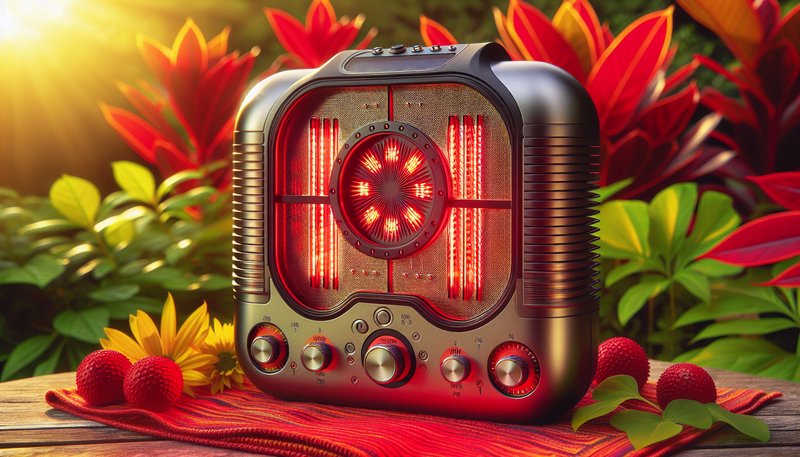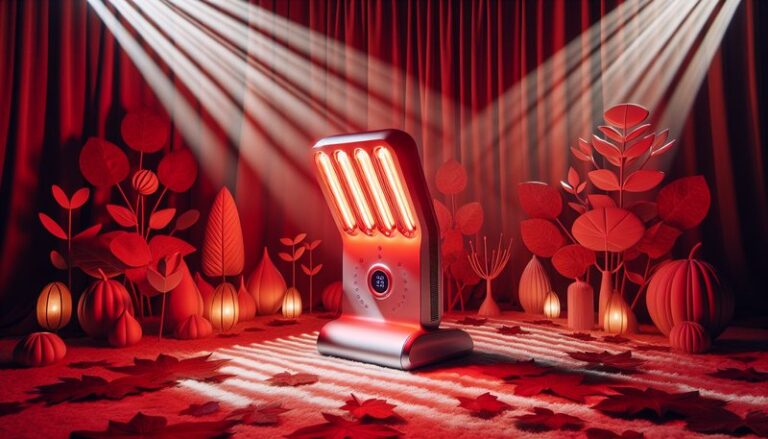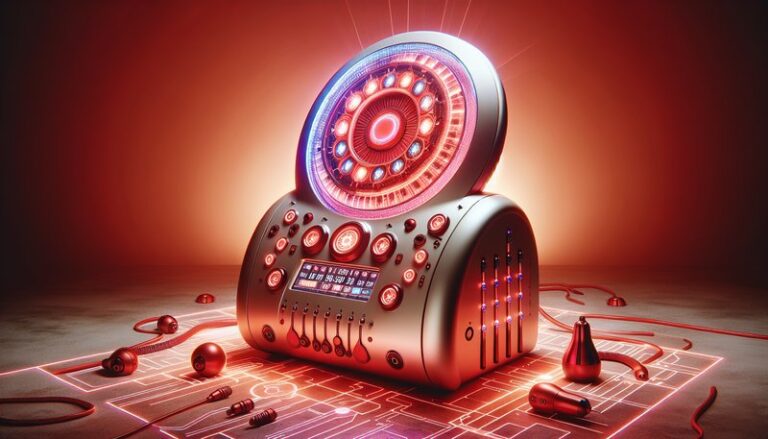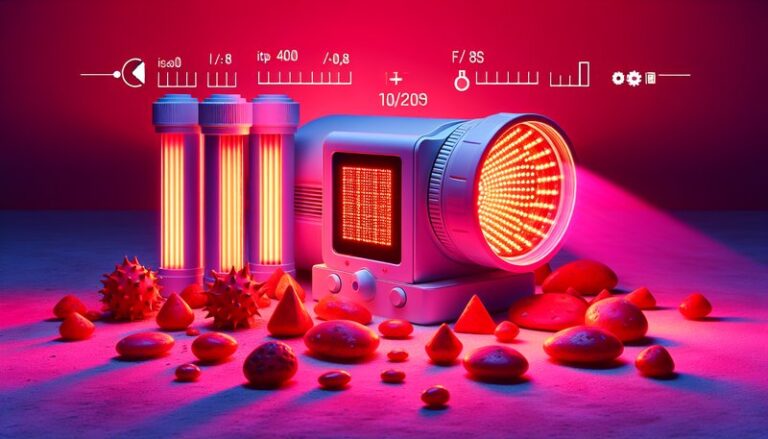How Many Sessions Of Red Light Therapy To See Results?
How Many Sessions of Red Light Therapy to See Results?
Are you curious about how many sessions of red light therapy it takes to start noticing positive changes in your body?
This article will explore the effectiveness of red light therapy, detailing how many sessions might be necessary for various benefits, and providing insights into this popular treatment. By the end, you’ll have a clearer idea of what to expect from your red light therapy journey.
Key Takeaways
- The number of sessions needed to see results from red light therapy can vary widely based on individual goals and conditions.
- Many users report noticeable improvements after 6 to 12 sessions, although some may require more.
- Consistency and proper technique also play significant roles in the efficacy of red light therapy.
What is Red Light Therapy?
Red light therapy, also known as low-level laser therapy (LLLT), is a non-invasive treatment that uses specific wavelengths of light to penetrate the skin and trigger biological processes. The therapy is primarily used for its potential healing, anti-inflammatory, and skin rejuvenating effects.
This technique works by stimulating cellular activity and promoting the production of energy in the form of adenosine triphosphate (ATP). As a result, it can enhance healing, reduce pain, and improve skin conditions such as acne and wrinkles.
Red light therapy has garnered attention in various fields, including dermatology, sports medicine, and pain management, making it an exciting area of exploration for many health enthusiasts.
What are the Benefits of Red Light Therapy?
The benefits of red light therapy extend far beyond skin treatments. In this section, we will delve into several key advantages that have prompted its growing popularity.
Enhanced Skin Health
Red light therapy can improve skin complexion, elasticity, and reduce signs of aging. Studies have shown that it can stimulate collagen production, leading to smoother and more supple skin.
Pain Relief and Recovery
Many athletes and individuals with chronic pain conditions report reduced pain and enhanced recovery from injuries after utilizing red light therapy. The light helps to reduce inflammation and promotes healing in damaged tissues.
Improved Mood and Sleep
Exposure to red light has been linked to improved mood and better sleep quality. By influencing melatonin production, red light may help regulate sleep patterns and support mental well-being.
Hair Growth Stimulation
According to several studies, red light therapy can promote hair growth in individuals dealing with conditions like alopecia. The treatment helps stimulate the hair follicles, potentially resulting in thicker and healthier hair.
Is it Possible to Experience Results After Specific Red Light Therapy Sessions?
It is indeed possible to experience benefits from red light therapy after a specific number of sessions. Generally, results may vary based on individual skin types, skin conditions, and treatment goals.
What are the Advantages of Completing a Series of Sessions?
Regular use of red light therapy presents several benefits.
Consistent Exposure Leads to Better Results
Frequent sessions enhance the cumulative effects of red light treatment, resulting in more noticeable changes. Users who commit to a consistent schedule often report superior outcomes as compared to sporadic treatment.
Targeted Treatment
By focusing on specific areas during each session, individuals can address particular concerns, such as wrinkles or pain in defined areas, leading to optimized results.
Adaptation and Progress Tracking
Receiving treatment in a series allows for better tracking of progress and adaptation to how the body responds to the therapy. It can be easier to identify what works best for you and adjust accordingly.
What are the Things to Consider Before Starting Red Light Therapy?
When considering red light therapy, addressing specific factors that affect its success is crucial.
Assess Your Goals
Before starting sessions, reflect on your goals. Are you looking to improve skin texture, relieve pain, or boost hair growth? Defining your objectives can help tailor the therapy to your needs and ensure expectations align with reality.
See our extensive coverage Red Light Therapy: What It Is and How It Works
Consult with a Professional
It’s advisable to speak with a healthcare provider before beginning red light therapy. They can recommend appropriate session frequencies and durations based on individual health conditions and treatment goals.
Cost and Time Commitment
Consider the financial implications and time commitment required for regular sessions. Many clinics offer packages for multiple sessions, which can influence overall treatment decisions. Ensure you can fit this into your schedule and budget before proceeding.
What are the Alternatives to Red Light Therapy?
If you’re unsure about committing to red light therapy, several alternatives may yield similar benefits.
Cryotherapy
This treatment uses extreme cold to promote healing and reduce inflammation. Cryotherapy can be especially appealing for those seeking recovery from injuries and relief from chronic pain.
Chemical Peels
For skin rejuvenation purposes, chemical peels can significantly enhance skin texture by removing the outermost layer of skin. This process stimulates collagen production and addresses various skin conditions.
Microdermabrasion
Microdermabrasion is a non-invasive procedure that exfoliates the skin, improving its appearance and texture. It’s a popular choice for individuals interested in combating acne scars and signs of aging.
Conclusion: Is it Recommended to Start Red Light Therapy?
In conclusion, red light therapy can be an effective treatment for numerous conditions if approached correctly. While individual results may vary, many users start experiencing noticeable benefits after several sessions, typically between 6 to 12 treatments. Consulting with a healthcare provider beforehand can enhance your understanding of its potential and guide your treatment effectively.
Discover the full story FDA-Approved Red Light Therapy
Frequently Asked Questions
How often should I undergo red light therapy sessions?
Recommendations often suggest 3 to 5 sessions per week initially, tapering down to maintenance sessions after results are achieved.
Can red light therapy help with muscle recovery?
Yes, many athletes utilize red light therapy to accelerate muscle recovery and reduce soreness after workouts.
Are there any side effects associated with red light therapy?
Red light therapy is generally considered safe, with minimal side effects, though some users may experience mild redness or irritation.
How long do the sessions typically last?
Sessions usually last between 10 to 20 minutes, depending on the area being treated and the specific device used.
Is at-home red light therapy effective?
At-home devices can be effective for maintenance but might not deliver the same intensity as professional equipment.






